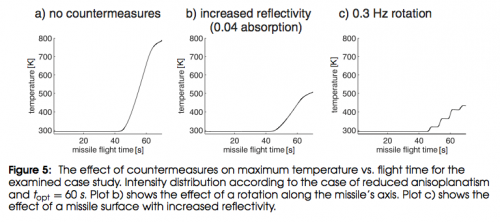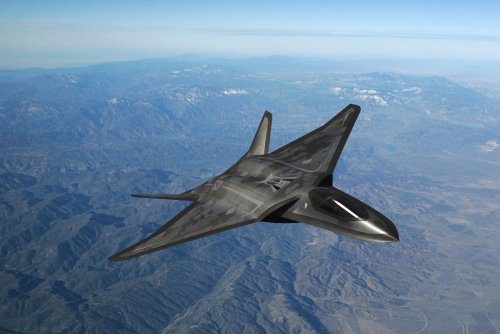(U) At Los Alamos' rival, the Lawerence Livermore National Laboratory near San Francisco,
a similar ABM project was gathering momentum at about the same time. The coordinator, Dr.
Lowell Wood, was a protege of Dr. Edward Teller, former director of Lawrence Livermore and
hailed by many as the "father" of the U.S. H-bomb. Known as "Excalibur," the project's purpose was
to explore the practicability of a theory initially posited by Peter Hagelstein, an MIT-trained
electrical engineer, who envisioned a compact laser pumped by X-rays from a small nuclear
detonation. After several failures, the concept was successfully tested at the Nevada underground
nuclear test site late in 1980.8
(U) Encouraged by the results, Teller launched a vigorous lobbying campaign in Washington
to gain additional funding and support for X-ray laser research. With the advent of the Reagan
administration in 1981, Teller, who knew Reagan personally, was all but assured a sympathetic
audience. While governor of California in 1967, Reagan had attended a special Lawrence Livermore
briefing arranged by Teller on the progress being made there in strategic defenses, and over the years
since they had stayed in touch on such matters. In the events leading up to Reagan's SDI speech, it
seems clear that Teller's views were among those the President found most persuasive.9
(U) Excalibur, as Teller saw it, was more than simply another scientific experiment. Indeed,
at the core of the program, he believed, was the chance for a radical revision of U.S. strategic
doctrine. "A single x-ray laser ... the size of an executive desk," he argued,"... could potentially
shoot down the entire Soviet land-based missile force."10 With such enormous potential, in Teller's
estimation, the X-ray laser and similar new technologies, if fully exploited, offered the opportunity
to liberate humanity, once and for all, from the dismal threat of nuclear war. Instead of a strategy
of deterrence resting on the threat of mutual assured destruction, or MAD, Teller foresaw the coming
of a new era of mutual assured survival built around defensive rather than offensive weaponry.
"The policy of the West," he argued,
is to preserve peace. We tried to do it by deterrence—because on the
other side, in the East, there is an expansionist, imperialist power.
Peace was to be preserved by the obvious means of deterrence: the
menace of retaliation. ... I don't think any of us liked it from the
very beginning. It has been not quite morally acceptable; not to me,
not (I believe) to any reasonable person. There seemed to be no
alternative. Now an alternative has emerged. We find in our
developing technology more and more possibilities of real defence.
Not with the idea and, I would certainly say, not with the assurance
of complete protection, but with the idea that defense can make the
result of aggression doubtful. . . .11
______________________
8 William Broad, Star Warriors: The Young Scientists Who Are Inventing the Weaponry of Space
(New York: Simon and Schuster, 1985), 118-119; Clarence A. Robinson, Jr., "Advance Made
on High Energy Laser," Aviation Week and Space Technology, Feb. 23, 1981: 25-27.
9 Sanford Lakoff and Herbert York, A Shield in Space? (Berkeley, Calif.: University of
California Press, 1989), 11-14. Also see Broad, Star Warriors. 122; and Gregg Herken, "The
Earthly Origins of Star Wars," Bulletin of the Atomic Scientists, vol. 43, no. 8 (Oct. 1987),
20-22.
10 Ltr, Teller to Paul H. Nitze, Dec. 28, 1984, in Bulletin of the Atomic Scientists. 44 (Nov.
1988): 5.
11 Teller quoted in Michael Charlton, From Deterrence to Defense (Cambridge, Mass.: Harvard
University Press, 1987), 95-96.


